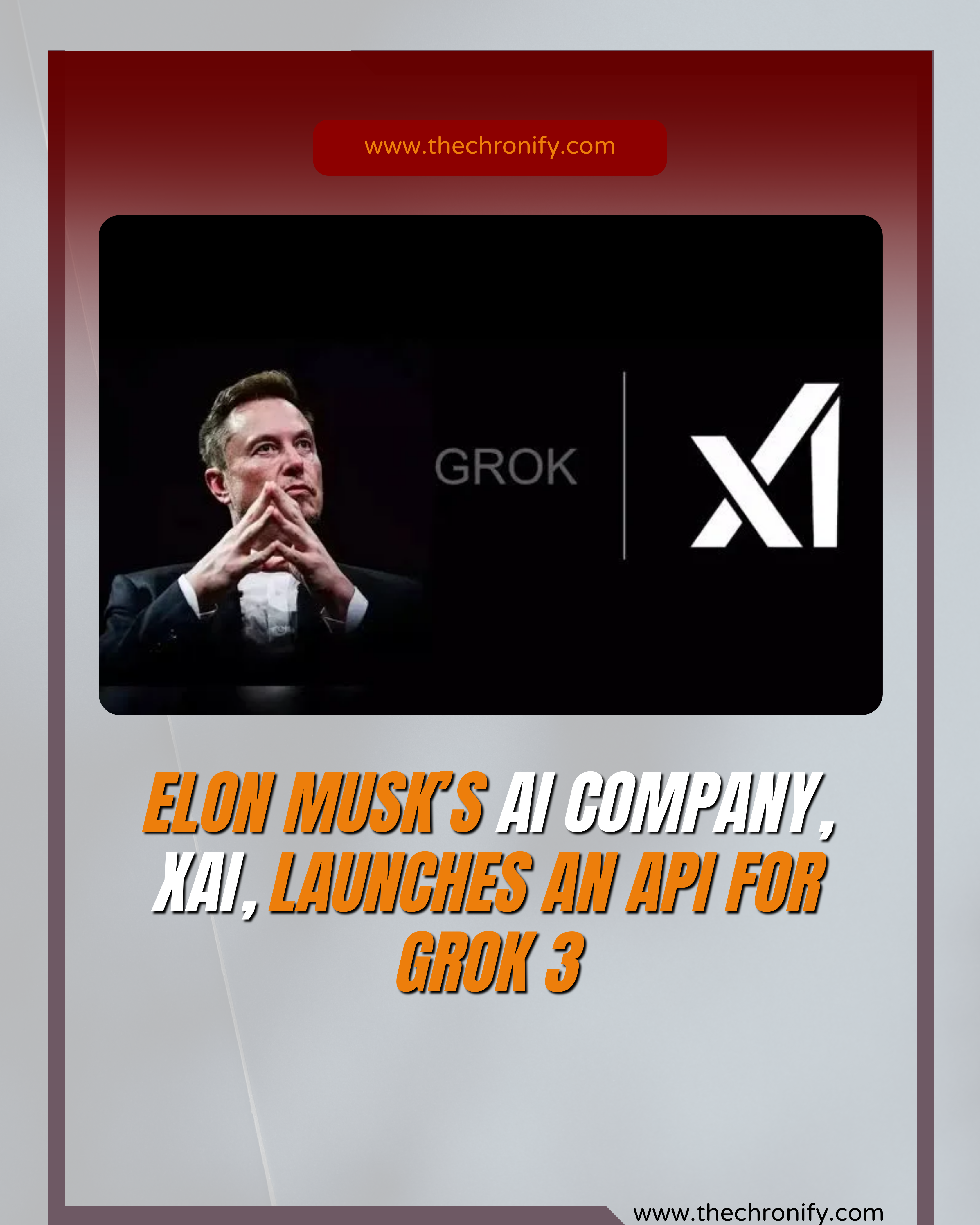Elon Musk’s xAI Launches Grok 3 API Amid Legal Dispute with OpenAI
Despite facing a countersuit from OpenAI, Elon Musk’s artificial intelligence venture, xAI, is pushing ahead with innovation. The company has now made its advanced AI model, Grok 3, available to developers through an official API.
Grok 3, xAI’s latest model designed to rival top contenders like OpenAI’s GPT-4o and Google’s Gemini, has been several months in the making. The model can interpret images, respond to complex prompts, and powers key features on Musk’s social media platform, X — which xAI acquired earlier this year in March.
Grok 3 and Grok 3 Mini Now Available
Developers can access two versions of the model: Grok 3 and a lighter variant, Grok 3 Mini. Both are marketed as having “reasoning” capabilities.
-
Standard Pricing:
-
Grok 3: $3 per million input tokens (~750,000 words), $15 per million output tokens
-
Grok 3 Mini: $0.30 per million input tokens, $0.50 per million output tokens
-
-
Premium (faster) Versions:
-
Grok 3: $5 per million input tokens, $25 per million output tokens
-
Grok 3 Mini: $0.60 per million input tokens, $4 per million output tokens
-
While the pricing aligns with competitors like Anthropic’s Claude 3.7 Sonnet, Grok 3 is more expensive than Google’s Gemini 2.5 Pro, which has reportedly outperformed it in many benchmark tests. Additionally, some experts have raised concerns about the accuracy of benchmark results released by xAI for Grok 3.
API Limitations and Controversies
One sticking point for users has been the model’s context window — the amount of information the AI can process at once. xAI previously claimed Grok 3 could handle up to 1 million tokens in a single input. However, the API currently supports only up to 131,072 tokens, roughly equivalent to 97,500 words.
Grok’s early reputation was built on being bold and unfiltered — Musk once described it as the anti-“woke” AI. Earlier versions, including Grok 2, would respond to controversial or vulgar prompts that other models would typically avoid. However, when it came to politically sensitive issues, Grok often dodged direct answers or leaned left on certain topics, such as LGBTQ+ rights and social equality — a trend noted in independent studies.
Musk attributed these tendencies to the model’s training on publicly available internet content and promised to steer future versions toward a more “neutral” stance. Whether Grok 3 fulfills that promise remains to be seen, especially after past incidents where content about figures like Donald Trump — or Musk himself — was temporarily filtered.
Future of xAI
With Grok 3 now officially released via API, xAI is signaling its intent to compete seriously in the AI space, despite ongoing legal issues. Whether the model can truly disrupt the market and stay true to Musk’s original vision will depend on how it performs in real-world applications — and how it’s received by developers and users alike.

